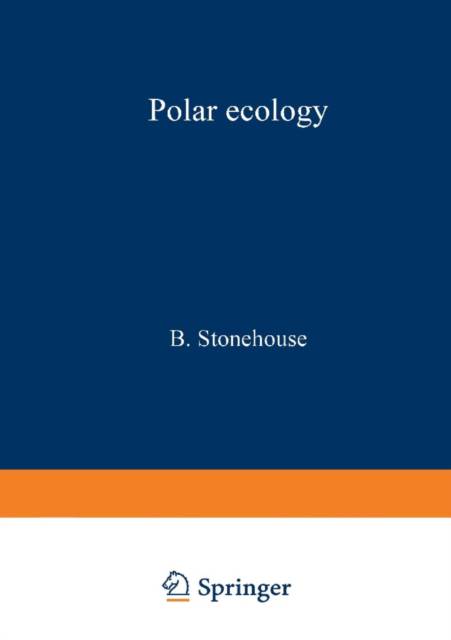
Door een staking bij bpost kan je online bestelling op dit moment iets langer onderweg zijn dan voorzien. Dringend iets nodig? Onze winkels ontvangen jou met open armen!
- Afhalen na 1 uur in een winkel met voorraad
- Gratis thuislevering in België vanaf € 30
- Ruim aanbod met 7 miljoen producten
Door een staking bij bpost kan je online bestelling op dit moment iets langer onderweg zijn dan voorzien. Dringend iets nodig? Onze winkels ontvangen jou met open armen!
- Afhalen na 1 uur in een winkel met voorraad
- Gratis thuislevering in België vanaf € 30
- Ruim aanbod met 7 miljoen producten
Zoeken
Omschrijving
Polar Ecology is one ecologist's attempt to sum up plant, animal and environmental relationships in the polar regions. Ecology grabs ecologists in different ways. I was grabbed in Antarctica by Adelie penguins, incubating contentedly at - 20°C with unmelting snow on their backs, and by minute black insects basking at lOoC in tufts of moss, while winds at - 15°C swept past unheeded. Some time later I saw snow buntings sheltering under Canadian eaves at - 30°C, and wondered (as I still wonder) how so tiny an organism maintains body temperature against so sharp a gradient. The subtitle of this book, if it had one, would be ' ... an environmental approach'. My interests centre squarelyon plants and animals, but it is their responses to the environment-the physical conditions in which they find themselves-and effects of environmental constraints on their communities, that intrigue me most. In a small book, this has left little room for other important aspects of ecology-for example, the production and process ecology that currently preoccupy field researchers, and the biogeography and evolution of polar ecosystems that still provoke argument and speculation. My approach may provide background for other aspects of ecology, both polar and world-wide. I hope that the in-text citations and end-of-chapter bibliographies will help students to find their way into the broader fields beyond.
Specificaties
Betrokkenen
- Auteur(s):
- Uitgeverij:
Inhoud
- Aantal bladzijden:
- 222
- Taal:
- Engels
- Reeks:
Eigenschappen
- Productcode (EAN):
- 9781475712629
- Verschijningsdatum:
- 3/03/2013
- Uitvoering:
- Paperback
- Formaat:
- Trade paperback (VS)
- Afmetingen:
- 148 mm x 210 mm
- Gewicht:
- 281 g

Alleen bij Standaard Boekhandel
+ 213 punten op je klantenkaart van Standaard Boekhandel
Beoordelingen
We publiceren alleen reviews die voldoen aan de voorwaarden voor reviews. Bekijk onze voorwaarden voor reviews.











